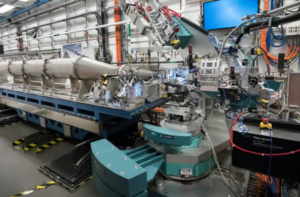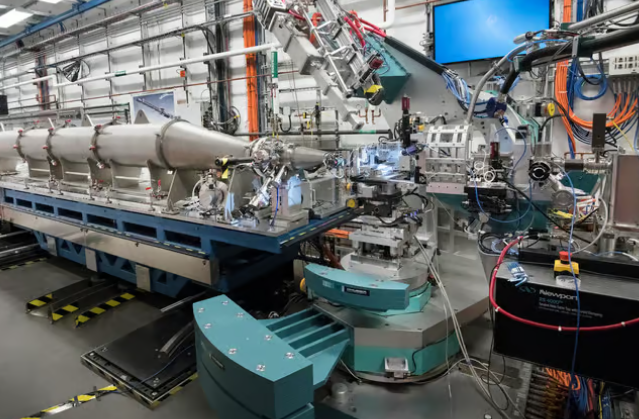Using Quantum Entanglement to Improve X-ray Detection Sensitivity
Quantum entanglement, a phenomenon where particles become interconnected such that the state of one instantly influences the state of another, has emerged as a revolutionary tool in various fields, including imaging technologies. Recent advancements demonstrate its potential to enhance X-ray detection sensitivity, paving the way for safer and more precise imaging techniques.
The Challenge in X-ray Imaging
X-rays are invaluable for medical diagnostics and biological research, offering insights into internal structures like bones and cellular components. However, their ionizing nature poses risks, including damage to living tissues and distortion of delicate biological samples. This creates a pressing need for imaging methods that balance high resolution with minimal radiation exposure.
Quantum Entanglement in X-ray Imaging
Researchers at Brookhaven National Laboratory have pioneered an innovative approach using quantum entanglement to address these challenges. By leveraging the unique properties of entangled photons, quantum imaging can achieve higher resolution and reduced noise compared to classical methods. The process involves:
-
Generating entangled photon pairs using synchrotron radiation and diamond crystals.
-
Allowing one photon of each pair to interact with the sample while detecting both photons.
-
Ignoring unpaired photons to minimize background noise.
This technique not only enhances image clarity but also significantly reduces radiation exposure since only one photon interacts with the sample.
Applications and Future Potential
The initial experiments demonstrated improved imaging of biological samples, such as cardamom seeds, showcasing intricate details previously unattainable with traditional methods. This breakthrough holds promise for applications in:
-
Medical Imaging: Safer diagnostics with lower radiation doses.
-
Biological Research: Studying sensitive samples without compromising integrity.
-
Material Science: Investigating complex structures with unprecedented detail.
Comparison: Classical vs Quantum X-ray Imaging
| Feature | Classical X-ray Imaging | Quantum X-ray Imaging |
|---|---|---|
| Radiation Dose | Higher | Lower |
| Resolution | Limited | Enhanced |
| Noise | Significant | Reduced |
| Applicability to Sensitive Samples | Restricted | Expanded |
Challenges in Implementation
Despite its promise, quantum X-ray imaging faces hurdles, particularly in efficiently generating entangled photons. Current methods rely on precise conditions within artificial diamond crystals, which are difficult to achieve consistently due to imperfections in crystal structures. Advancements in material science and photon generation technologies will be crucial for widespread adoption.
Conclusion
Quantum entanglement is set to revolutionize X-ray imaging by offering safer and more precise methods for studying biological and material structures. While challenges remain in perfecting photon generation techniques, ongoing research continues to unlock new possibilities for this transformative technology.

Also Read :
